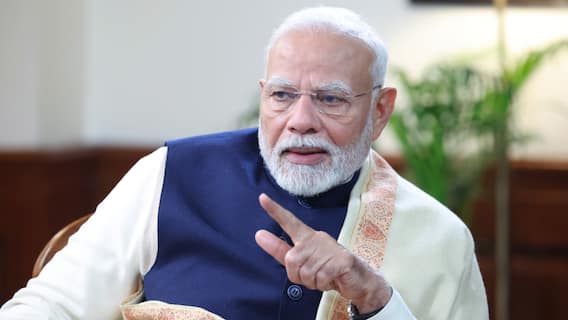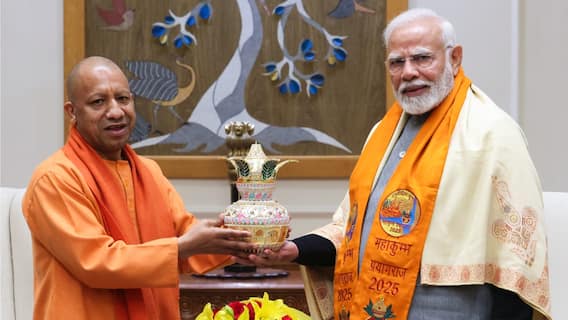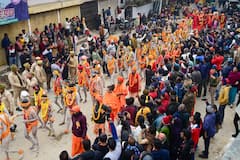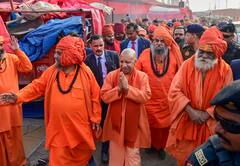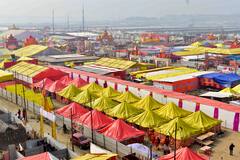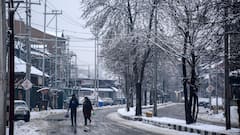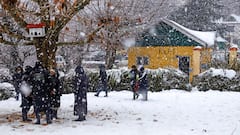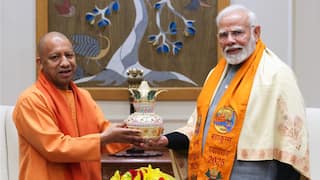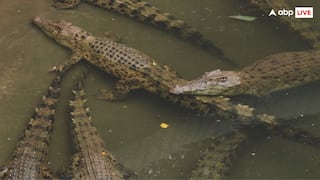Two More Cubs Born To Namibian Cheetah Dies In Kuno National Park, Only One Alive
Cheetah Jwala, earlier known as Siyaya, was brought from Namibia to KNP in Sheopur district in September 2022. She gave birth to four cubs in the last week of March this year.

New Delhi: In a major setback to the Project Cheetah, two more cubs of Cheetah Jwala died today at the Kuno National Park (KNP) in Madhya Pradesh, the forest department said on Thursday. Her first cub had died on May 23.
According to ANI, the cubs died during monitoring while being in weak condition amid sweltering heat.
Cheetah Jwala, earlier known as Siyaya, was brought from Namibia to KNP in Sheopur district in September 2022. She gave birth to four cubs in the last week of March this year.
The latest fatality has taken the total number of felines who died in the national park to six in the last two months.
Madhya Pradesh | Third cub of Cheetah Jwala also died today during monitoring while being in weak condition amid sweltering heat at Kuno National Park. She had four cubs out of which only one is alive now.
— ANI (@ANI) May 25, 2023
A Forest department release said that her first cub died of weakness.
“The monitoring team found that one of the four cubs of feline ‘Jwala’ was lying at the spot where they were spotted earlier while three other cubs were roaming with their mother. The team alerted veterinarians who rushed to the spot and gave necessary treatment to the cub, but it died,” the release said dated May 23.
It seems the cub died because of weakness as it was weak since birth, said the release.
Cheetahs were reintroduced in India, 70 years after the species was declared extinct.
One of the Namibian cheetahs, Sasha, succumbed to a kidney-related ailment on March 27, while another cheetah, Uday, from South Africa, died on April 13.
Daksha, a cheetah brought from South Africa, died of injuries following a violent interaction with a male during a mating attempt on May 9.
Siyaya’s four cubs were born in the wild on Indian soil after the last cheetah was hunted in the Korea district of present-day Chhattisgarh in 1947.
Trending News
Top Headlines








